Understanding the Broad Definition of Premises Liability
Premises liability can be defined as a legal concept where an unsafe or defective condition, neglected by the property owner, injures someone on the owner’s property. The definition is broad because there are so many different types of premises liability cases. In order to fit them under one term, it had to be fairly unspecific. […]
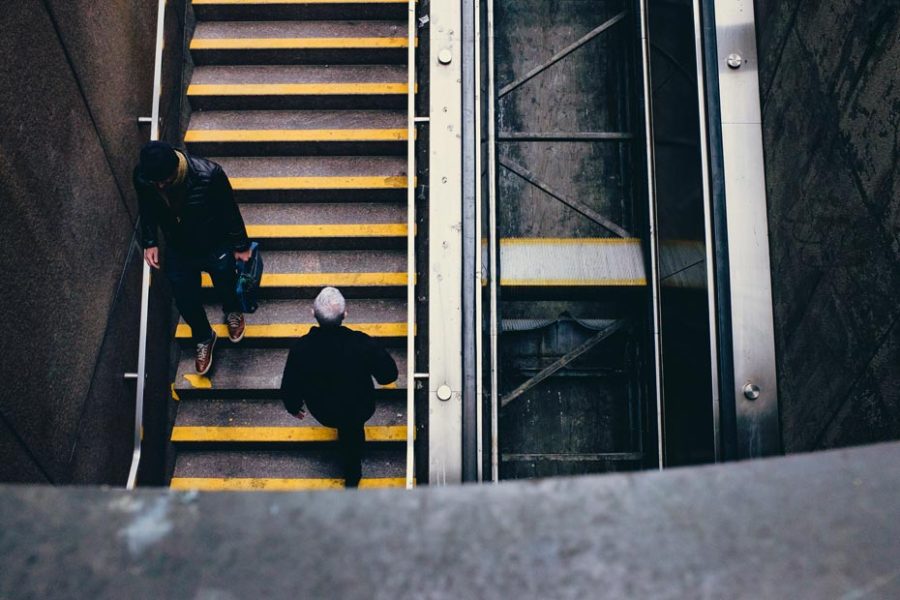
October 2, 2017
Premises liability can be defined as a legal concept where an unsafe or defective condition, neglected by the property owner, injures someone on the owner’s property.
The definition is broad because there are so many different types of premises liability cases. In order to fit them under one term, it had to be fairly unspecific. But what does this broad definition actually mean? Let’s narrow it down piece by piece to better understand it.
An Unsafe or Defective Condition
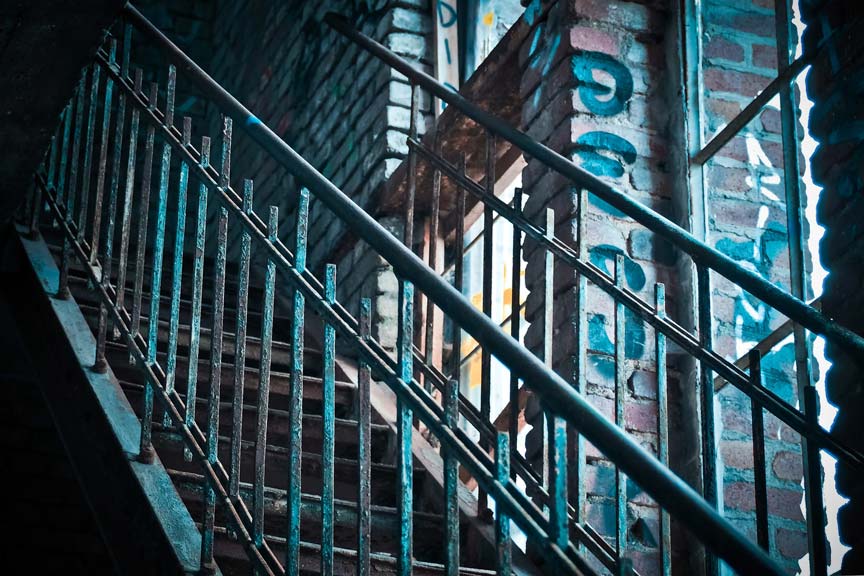
Below is a list of common hazards or unsafe conditions that have caused personal injuries in many premises liability cases:
- Unsafe or uneven walkways
- Spilled liquid substances
- Shelves that are not held firm in a wall
- Slippery floors
- Ice or snow that is not properly cleaned
- Animals that are not tamed or maintained
- Areas without proper markings of hazards
- Inadequate security
- Faulty wiring
Neglected By the Property Owner
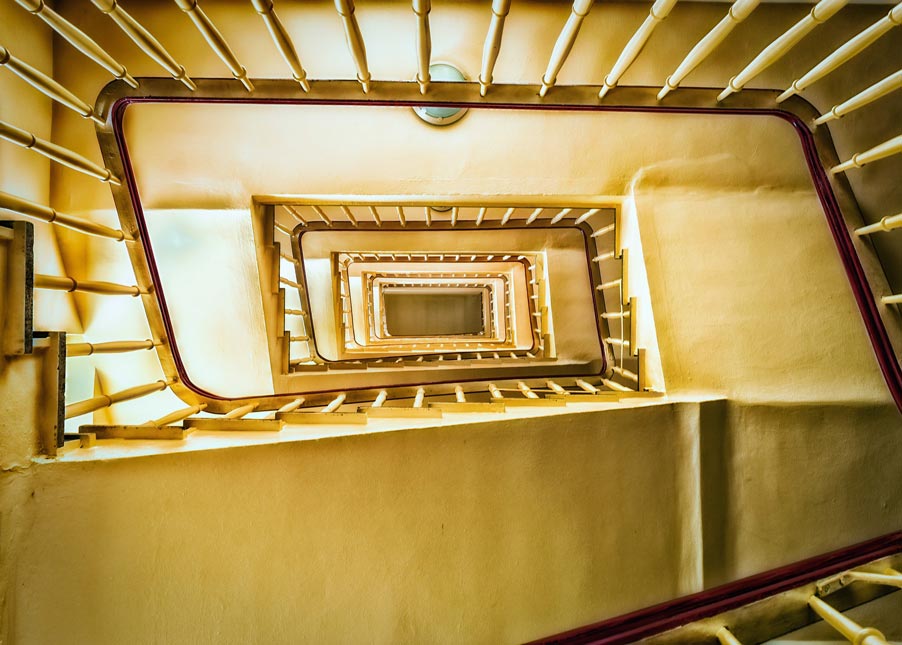
It’s not enough for an unsafe condition to exist in order to have a premises liability case. You must be able to prove negligence.
We live in a world in which we cannot protect ourselves from every conceivable danger. However, property and business owners have a duty to provide reasonable care to people on their premises.
Negligence is what proves that an injury wasn’t an unavoidable tragedy, but instead was the result of the recklessness of someone responsible for that person’s safety.
Take a snowy sidewalk, for instance. If a freak snowstorm occurs in May (not completely unheard of in Indiana, but still not likely), and it’s only been snowing for five minutes, it would be hard to prove that the property owner should have known to shovel their sidewalk or put down salt. But if it rained in January and meteorologists warned that it would freeze that night, and the property owner didn’t put salt down or shovel their sidewalk when they came to work that morning, you’d be able to argue that he or she knew of the hazard and yet didn’t do anything to address it.
This is also why it’s difficult (although not always impossible) to argue that a business owner should be held responsible for your slip and fall if the wet floor was clearly marked with a “Caution: Wet Floor” sign. Business owners and property owners only have so much responsibility for your safety. If they can prove they weren’t negligent in their duty to warn you of a hazard, it’s unlikely that you would have a premises liability case.
Injures Someone
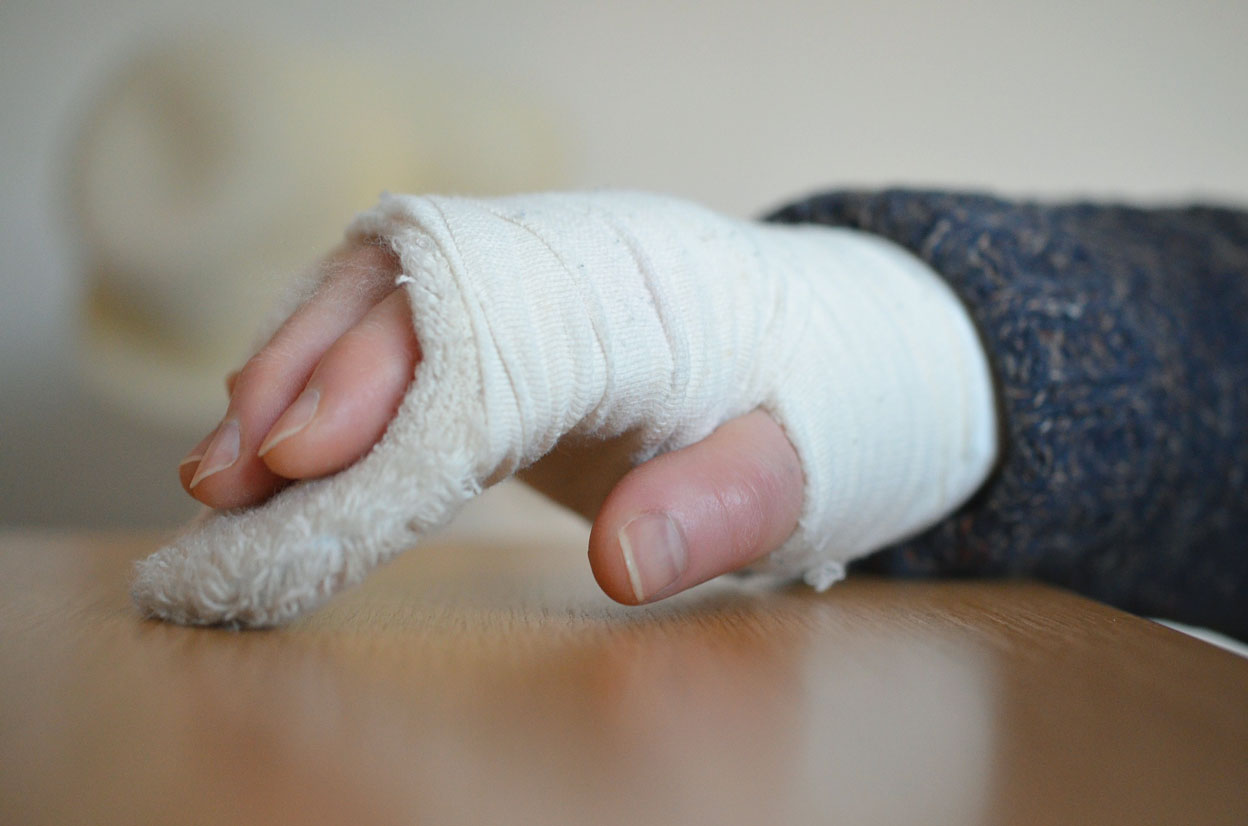
This is one of the most difficult aspects of the whole definition. One can never guess how a person might be injured. Some premises liability injuries are as mild as a sprained wrist while others are as serious as a traumatic brain injury. Some even result in death.
It’s also important to note that the injury can be emotional. Some injuries can limit someone’s entire well-being. It can prevent him from doing activities that he once enjoyed. These types of emotional personal injuries are not excluded or ignored in these cases. Sometimes, they can be the deepest wounds.
On the Owner’s Property
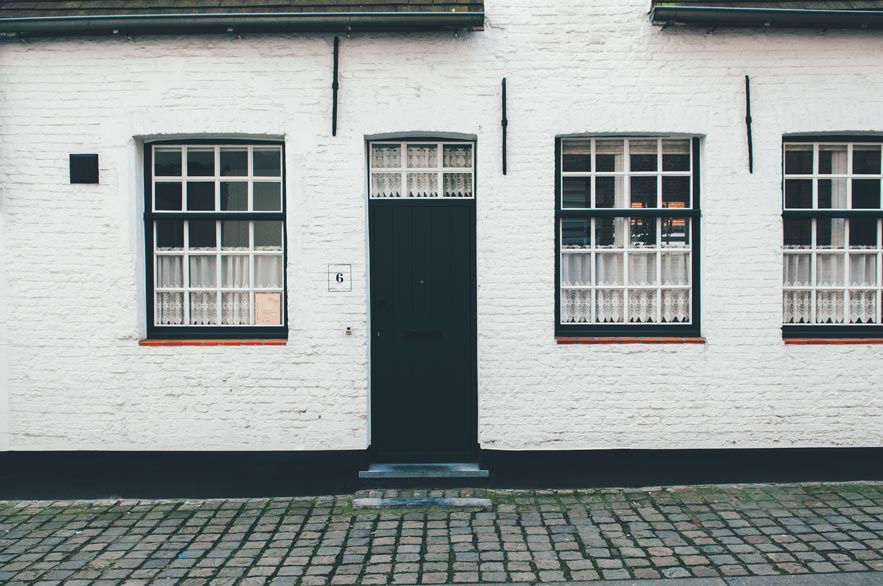
Sometimes placing fault for the premises liability is not always so cut and dry. Sometimes multiple parties should be held responsible for the injury, and the problem comes when trying to decide who to hold responsible.
For example, in a case where someone is injured at a friend’s apartment, you would probably look to place blame on the friend. After all, she is the one who had a hazard in her apartment. But then you must consider who actually owns and controls maintenance for the apartment. This friend only rents an apartment from a manager. The manager is responsible for sending maintenance to fix these potential hazards.
And even above the manager we have a landlord, and this is the person who actually owns all of the apartments in the complex. So is the hazard his fault?
It gets even more complicated if an injury occurs outside. At least inside a building, you can likely trace ownership to a specific person or company. But where does a person’s property line end outside? Who is responsible if, for example, you get injured on the sidewalk? Would it be the person who owns the property adjacent to the sidewalk? What about the city? Does the local government have responsibility for maintaining public sidewalks?
Determining who owns the property will help you determine who you should hold responsible for your injury.
Help from an Indiana Personal Injury Attorney
The definition of premises liability is broad, but there are still certain criteria your accident must meet in order to be considered such a case. However, just because your situation wasn’t listed in the examples above doesn’t mean you don’t have a case. An Indiana personal injury attorney can evaluate your situation and advise you on your options.
If you’ve been injured and you believe you may have a premises liability case, Hensley Legal Group can help. Call today or contact us online for a free consultation.